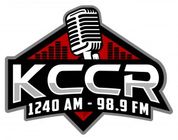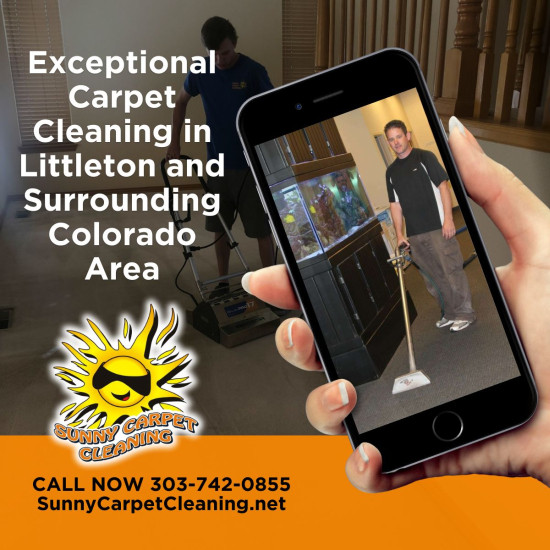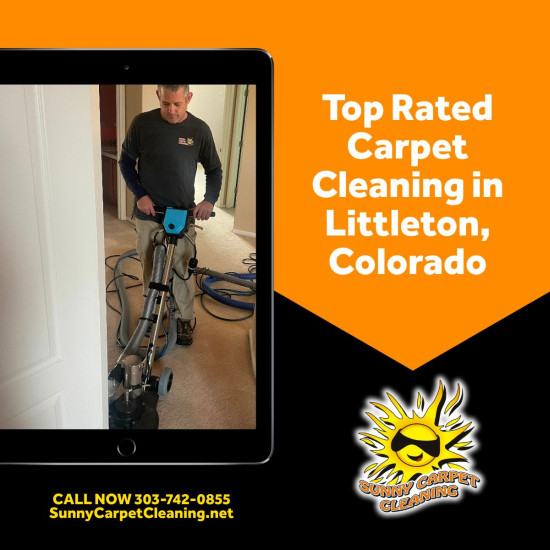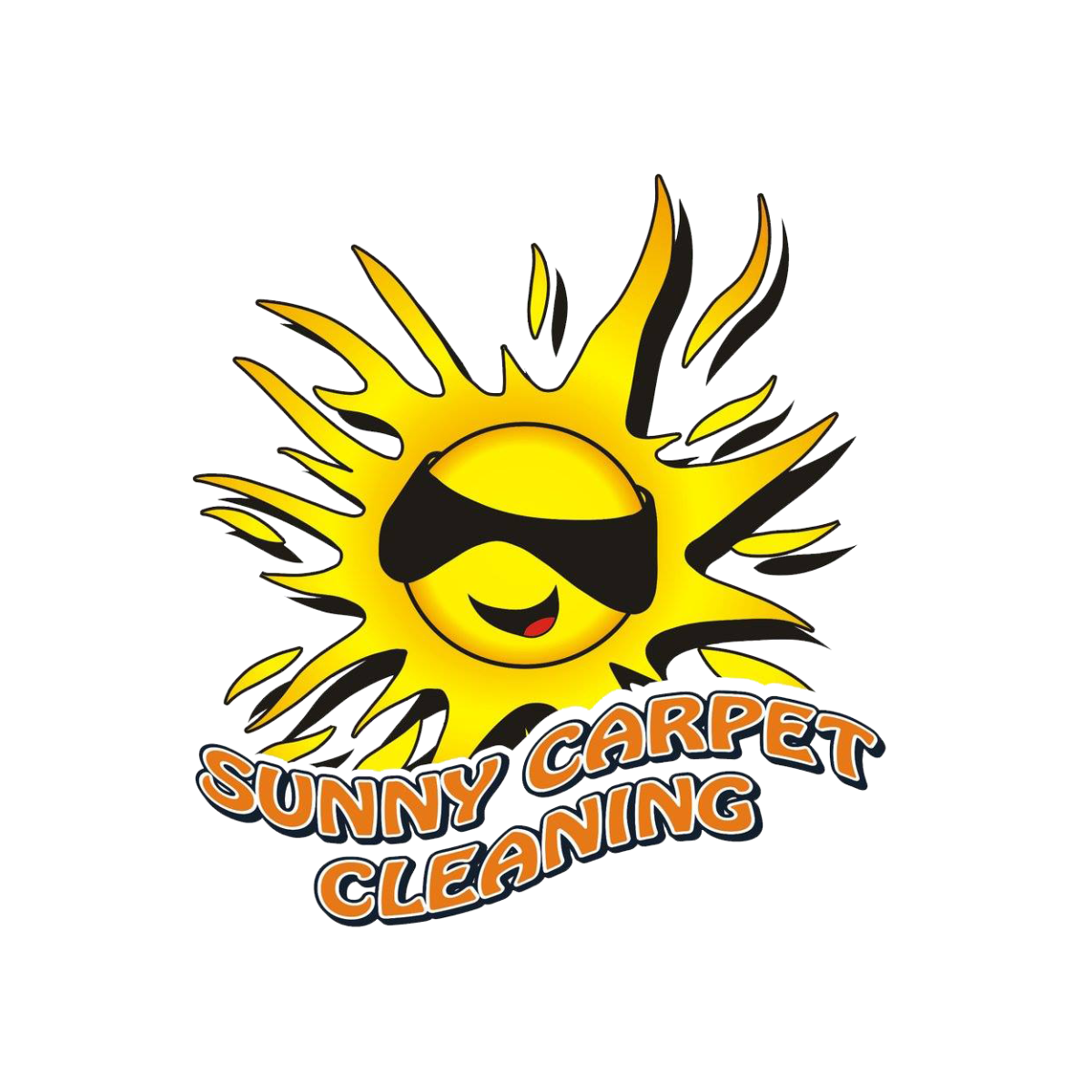Area rugs often anchor the aesthetic of a room, providing warmth, texture, and a splash of color. However, beneath their decorative facade lies a often-overlooked and potentially critical issue for Littleton homeowners: the subtle accumulation of moisture, allergens, and deep-seated particulates. While vacuuming provides a surface-level remedy, it completely misses the hidden matrix of contamination that builds up over time, trapping everything from pet dander and dust mites to environmental pollutants and microscopic fungi. Failing to address this can compromise both the rug's longevity and the home’s indoor air quality. "Many homeowners focus on stains, but the real damage is invisible," says Sonny Hinrichsen, Owner/Operator at Sunny Carpet Cleaning in Littleton, CO. "The area rug acts as a giant filter, holding onto subtle moisture and airborne debris that is far more detrimental than a coffee spill. Understanding the subtle, critical nature of this deep contamination is the first step in protecting your home and family."
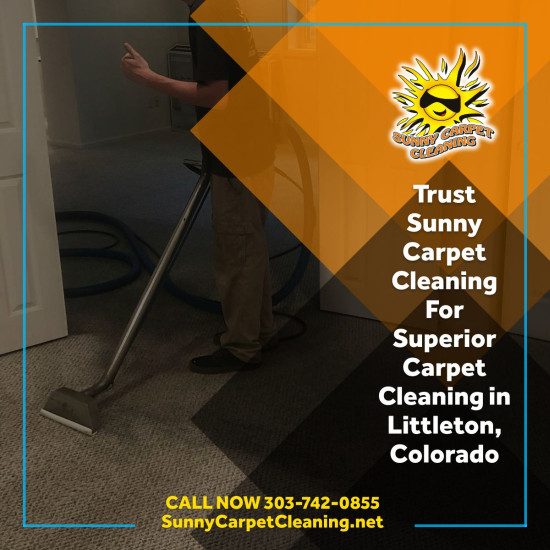
Understanding the Deep Contamination in Your Area Rugs
The hidden contaminants in an area rug go beyond common dirt and pose tangible risks to the rug itself and the living environment. The primary issue is the gradual saturation of the rug's fibers and backing, which creates a complex ecosystem. Rugs in high-humidity climates or those exposed to spills or pet accidents often hold on to residual moisture deep within the padding and foundation layers. This environment is an ideal breeding ground for mildew, mold spores, and bacteria. Studies show that a typical area rug can harbor up to four times its weight in dirt and can have up to 200,000 bacteria per square inch—far more than many common household surfaces. This is compounded by the fact that the constant flexing and compression from foot traffic acts like a bellows, pushing these microscopic particles up and into the breathing space.
The financial cost of neglect is also substantial. These deep contaminants act as abrasives, wearing down the rug's delicate fibers from the inside out. Over time, the backing can degrade, leading to dry rot, color bleeding, and structural failure that professional restoration may not be able to fully reverse. Furthermore, the persistent presence of allergens, like dust mite feces (a leading asthma trigger), significantly diminishes indoor air quality. Data suggests that indoor air can be two to five times more polluted than outdoor air, and the rug is often the main reservoir for these pollutants. Littleton homeowners need to understand that the "settled" dust in their rugs is a dynamic health concern, continuously re-aerosolized into the living space, making deep, specialized cleaning a necessity, not a luxury.
Simple, Effective Steps to Minimize Contaminants in Your Area Rug
While professional cleaning is essential, there are several highly effective, actionable steps Littleton homeowners can take to minimize deep contamination and moisture accumulation between specialized treatments. Implementing these tips will extend your rug’s life and keep your environment healthier.
Implement a "No-Shoes" Rule: The vast majority of grit, soil, and chemical contaminants (like pesticides and street oils) are tracked in on the soles of shoes. Enforcing a simple "no-shoes" policy immediately outside the rug area or the main entryway drastically reduces the volume of abrasive particles embedded in the fibers. Furthermore, use high-quality, absorbent walk-off mats near entrances to capture residual moisture and grit before it reaches the main living spaces.
Rotate and Vacuum Frequently with a Specialized Unit: Area rugs should be rotated 180 degrees every 6–12 months. This simple step ensures even wear and minimizes the long-term impact of UV exposure, which can cause color fading and fiber breakdown. More critically, use a vacuum with a HEPA filter and adjustable beater bar settings. The beater bar should be set to a high enough clearance that it agitates the fibers without pulling or damaging the foundation. Vacuum high-traffic areas at least twice a week and low-traffic areas weekly, running the vacuum in multiple directions to lift embedded soil.
Address Spills Immediately and Thoroughly: Never scrub a liquid spill, as this forces the moisture and staining agent deeper into the fibers and backing. Instead, blot immediately and repeatedly with a clean, white, absorbent cloth until all the liquid has been transferred. Use only gentle, pH-neutral cleaning solutions, and ensure the area is thoroughly air-dried afterward. Any residual moisture is a potential catalyst for mold and mildew.
Control Relative Humidity Levels: The relative humidity (RH) in your home directly impacts the rug’s environment. An ideal RH level of 30–50% minimizes the risk of mold and dust mite proliferation. Utilizing a dehumidifier during humid seasons, particularly in basements or lower levels where area rugs may reside, helps keep the air—and the rug’s backing—dry.
"The best way to save your rug is to treat it as a fabric filter that needs regular maintenance," advises Sonny Hinrichsen. "Simple consistency in your routine maintenance can prevent 80% of the long-term damage we see from neglect."
Knowing When to Call a Specialist
While diligent vacuuming and prompt spot treatment are critical maintenance steps, they cannot fully address the deep-seated issues facing area rugs. Consumer-grade equipment, like standard rental cleaners or handheld machines, often lacks the suction power to extract years of deeply embedded particulate matter and, critically, can leave behind excessive residual moisture. This excess moisture can accelerate mold growth and degrade the rug’s foundational integrity. Specialized area rug cleaning is not just "super-vacuuming"; it involves controlled dusting, submersion washing (where appropriate), and climate-controlled drying that no homeowner can replicate. These processes ensure the complete removal of contaminants and moisture without damaging delicate fibers or causing color migration. For Littleton residents facing years of buildup or subtle signs of mold, professional Area Rug Cleaning Service from experts like Sunny Carpet Cleaning provides the necessary comprehensive solution to restore the rug's health and appearance.
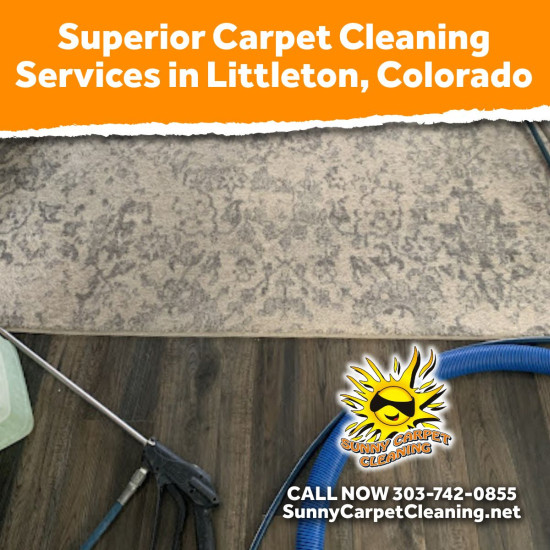
Conclusion
Protecting your area rugs is a vital part of maintaining a healthy, valuable, and beautiful home environment in Littleton. By understanding that the unseen contaminants pose the greatest threat, you can be proactive in extending your rug’s life and ensuring clean air for your family. Local experts like Sonny Hinrichsen and the team at Sunny Carpet Cleaning are dedicated to assisting the community with the specialized knowledge required to tackle this complex home maintenance challenge, ensuring these treasured pieces last for generations.
